Teachers of all subjects and ages—the CDSS Educators Task Group wants YOU!
Look at the sample lesson plans below. Do these spark ideas for you for how you might incorporate traditional music and dance into your classroom? If so—please contribute a lesson plan of your own!
Download the Lesson Plan Template
Email your contributions to education@cdss.org and we’ll be in touch with you. Can’t wait to see your ideas.
- Author: Justin Morrison
- Grade Level: Fourth
- Keywords: Black History Month, MLK, Martin Luther King Jr., songs, protest
- Lesson Overview: Over five days, students listen to and reflect on the events of the March on Washington and musical responses to it. Next, they reflect on how those musical responses contributed to the message of Martin Luther King Jr. Day.
Download the PDF
- Author: Robbin Marcus
- Grade Level: 2 (adaptable to any elementary age)
- Keywords: Playparty, folk dance, singing game
- Lesson Overview: Over the course of several class periods, children will perform a familiar play party (such as Paw Paw Patch) as part of their regular music class routine. In an adjacent class at a later time, students will learn the additional moves for a similar folk dance (like Sweets of May) and perform it in class.
Download the PDF
- Author: Kathleen Brown
- Grade Level: Ninth, English
- Keywords: Ballad, narrative, “The Wagoner’s Lad,” soliloquy, “Romeo and Juliet,” theme, marriage, feminism, family
- Lesson Overview: Students read and listen to 3 versions of the ballad “The Wagoner’s Lad” and of Juliet’s soliloquy to analyze the themes and narrator’s point of view.
Download the PDF
Go straight to the Barnes Three spreadsheet
About the Barnes Three Dance Database
The Barnes Book of English Country Dance Tunes, volume three, adds over 400 tunes to the collections in volumes one and two. The goal of this database is to provide information and instructions for all the dances in the third volume. Reaching this goal with a traditional publication would be an endless task. So I am instead taking an incremental approach and posting instructions for dances as they become available. The possibility to correct, amend, and expand is a welcome advantage of on-line publication.
The material in this project is available for personal use under the Creative Commons license Attribution-NonCommercial-ShareAlike (CC-BY-NC-SA). The dance instructions appear on this website with the permission of the choreographers and reconstructors or persons responsible for their estates. Other dances are listed with references to published sources for the instructions. The individual dances and tunes remain under the copyright of their choreographers and composers and may not be reprinted without their written permission.
This is a volunteer project with no source of income, so the only compensation offered to choreographers and reconstructors is references and links to the published source of the dance. You are encouraged to track down these publications for the full information and background on these dances.
Tips
To view the dance instructions that are available, click on the title of the dance.
To sort on a column, select that column and, under the data tab, click on “Sort sheet” (or “Sort range” to access advanced sorting options). Note the narrow columns with gray text. They allow sorting by last names or on titles without the leading articles “a”, “an”, and “the”.
Cells with green backgrounds provide additional information not in Barnes Three. Yellow backgrounds indicate an alternate spelling, capitalization, or other minor discrepancy. Red backgrounds indicate discrepancies in titles, attribution, or form.
Conventions
Unless modified in the instructions, these conventions are to be followed.
- An instruction for dancers to pass, gypsy, side, or orbit right or left means that side of their bodies will be adjacent to the other dancers involved in the figure even though the figure may start with the dancer shifting in the opposite direction.
- An instruction for dancers to cast, loop, or turn right or left means they will pull back that side of their bodies and turn in that direction.
- Side by the right/left means shoulder siding
- Side over by the left and back by the right means swirly siding as attributed to Cecil Sharp.
- Set means step right (with a weight change left and right) and step left (with a weight change right and left).
- Turn single is a clockwise turn (to the right) in a circle behind your original position.
- A two-hand turn is clockwise (to the left).
- In a back-to-back, dancers pass by the right, shift slightly to the right, and back up passing by the left.
- Rights-and-lefts involves taking hands as you pass the other dancers.
- A circular hey involves passing the other dancers without taking hands.
Notes
- Instructions are given as imperatives rather than as description.
- Instructions have been formatted in an attempt to follow the structure of
-
- who (which dancers are involved in the figure),
- what (which figure is to be executed), and
- how (modification to the figure).
- Instructions in bold face are suggestions as to the essential figures to include in the prompts for the dance. The assumption is that the dancers will remember some of the details mentioned during the teaching and walkthrough of the dance. Of course, the calls will need to be adjusted to accommodate the experience level of the dancers and their familiarity with the dance. As the dancers learn the sequence of figures, these calls can be abbreviated or omitted.
Dance Formations
Below are the codes for the dance formations.
| DML |
duple-minor longways |
| TML |
triple-minor longways |
| SC |
Sicilian circle |
| Cc |
circle of couples |
| 2cL |
two-couple longways |
| 3cL |
three-couple longways |
| 4cL |
four-couple longways |
| 5cL |
five-couple longways |
| 6cL |
six-couple longways |
| 3cC |
three-couple circle |
| 4cS |
four-couple square |
These can be modified by
| i |
top couple improper in each minor set |
| 2i, 3i, 4i, etc. |
indicated couple or couples improper |
| B |
Becket formation (couples proper facing across the set) |
| m |
mixer |
Difficulty and Energy Level
Here are the guidelines I use in my subjective assignment of numerical values to the difficulty and energy levels of these dances.
Difficulty
| 5 |
workshop dance |
| 4 |
challenging for advanced dancers |
| 3 |
challenging for experienced dancers |
| 2 |
a few points require care |
| 1 |
beginners will require help |
| 0 |
straightforward dance |
Energy Level
| 5 |
frantic |
| 4 |
vigorous |
| 3 |
moderate |
| 2 |
calm |
| 1 |
deliberate |
Acknowledgments
- Kate Barnes provided me with a list of the tunes to appear in volume three and has encouraged me to undertake this project.
- Allison Thompson provided helpful advice in the early stages of this project. Her Dances from Barnes Two was the underlying inspiration for this project. She graciously shared her franchise on Dances from Barnes N for small positive integer values of N.
- Will Jaynes offered generous amounts of time in creating the original version of this database and in transferring it to the CDSS website.
- Marge Cramton developed the design of the original version of this database and advised about font selection.
- The many choreographers and reconstructors offered permission for the use of their material. Their artistic efforts in advancing English country dancing are the core of this project.
- The Country Dance and Song Society (CDSS) provided support and guidance for this project and sponsors this project on their website.
- AACTMAD (Ann Arbor Community for Traditional Music and Dance) provided computer resources to develop this database. Individual AACTMAD members and many of the programs offered by this organization supported me in collecting and assembling this material.
Comments and feedback
Comments and suggestions are welcome and encouraged. Let me know if you spot an error (from typographical to an incorrect or ambiguous instruction). I also appreciate receiving your ideas about improving these instructions in clarity, completeness, conciseness, or other ways. Contact me, Robert Messer, at ram@albion.edu.
Go straight to the Barnes Three spreadsheet
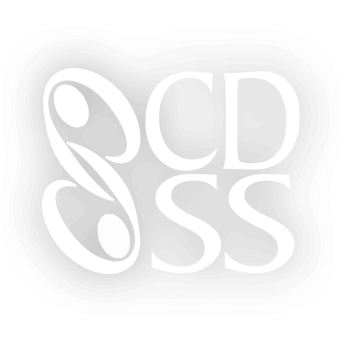
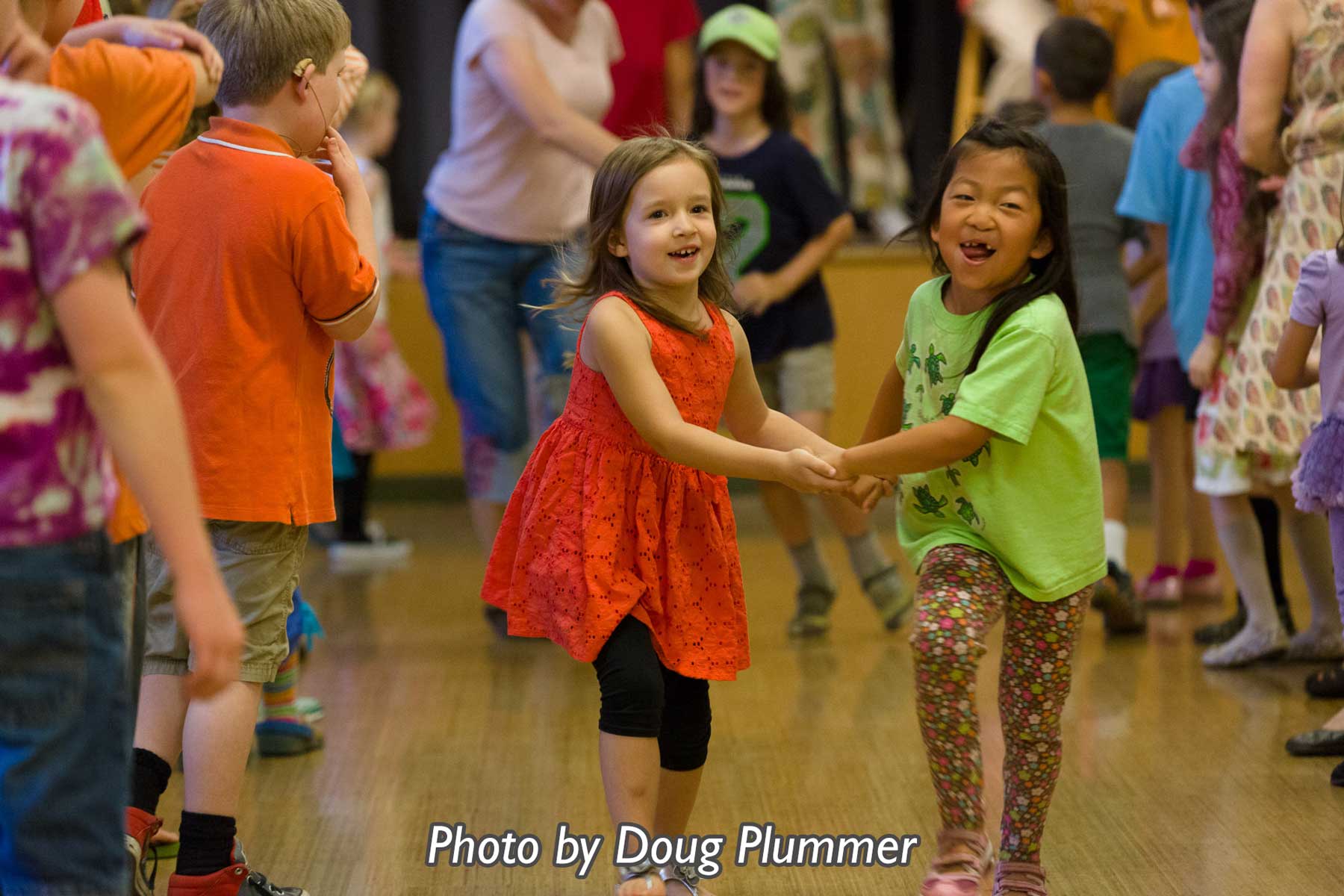


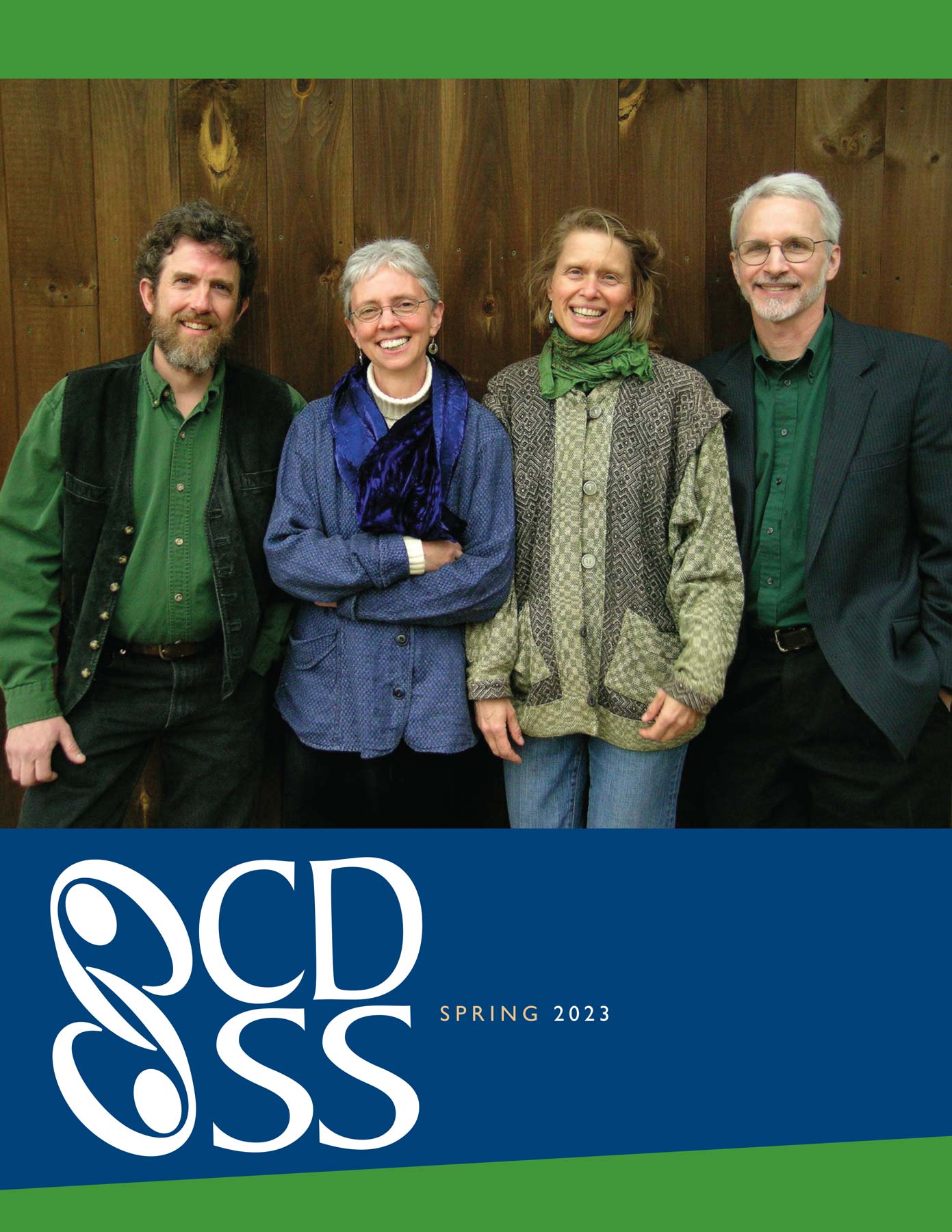
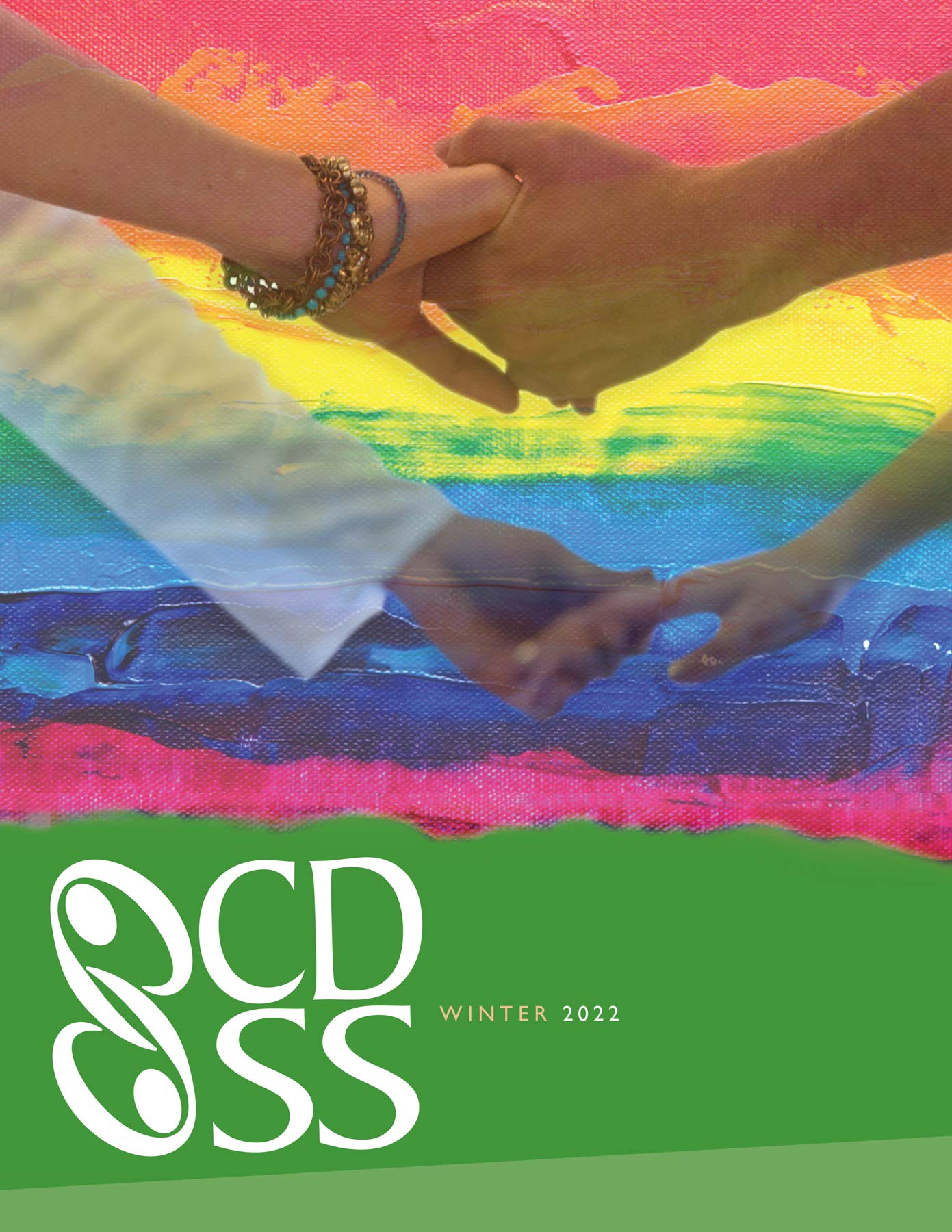
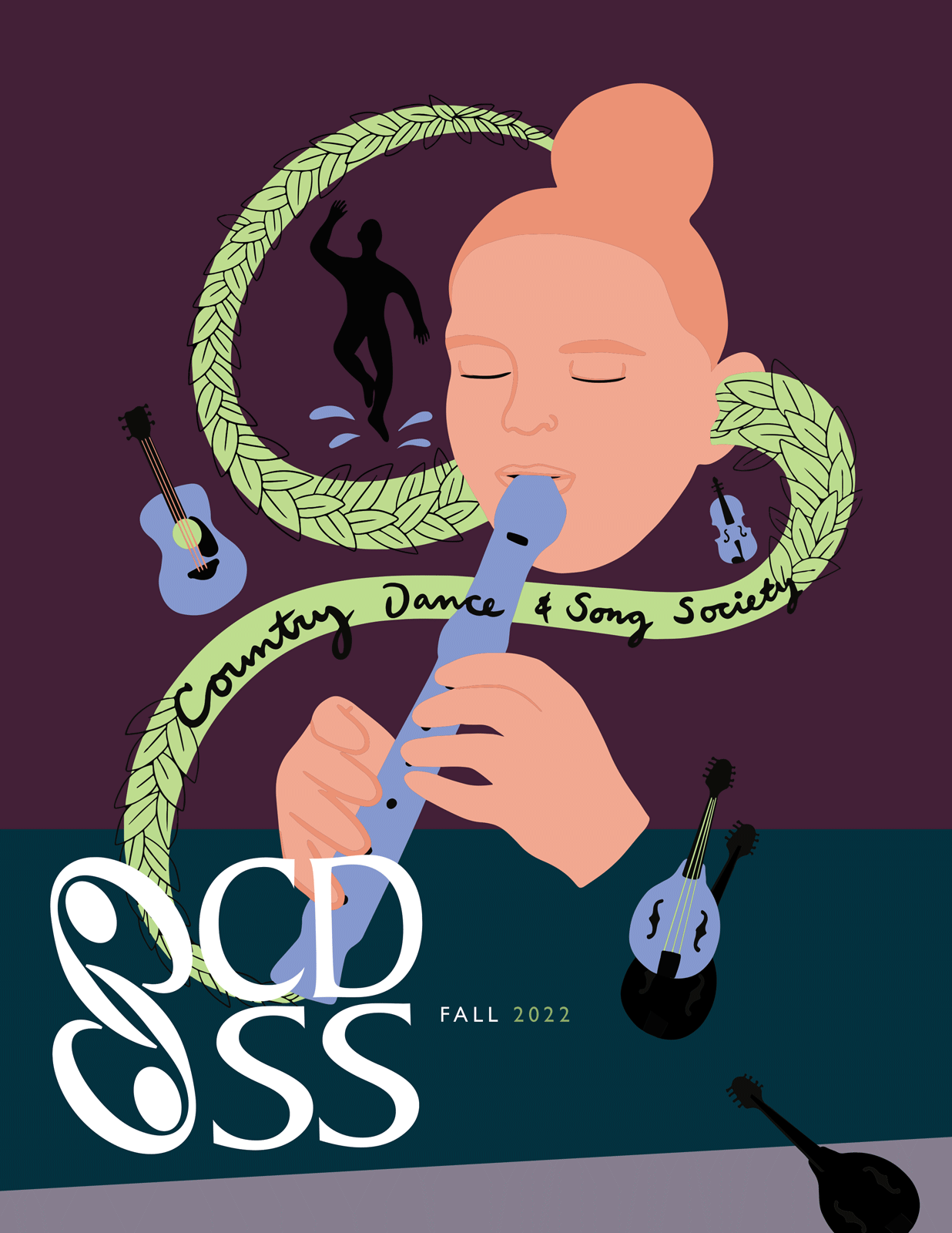
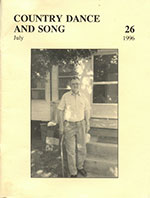
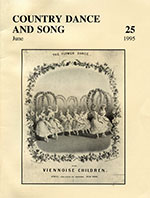
 Thanks to the Massachusetts Cultural Council for their generous support.
Thanks to the Massachusetts Cultural Council for their generous support.